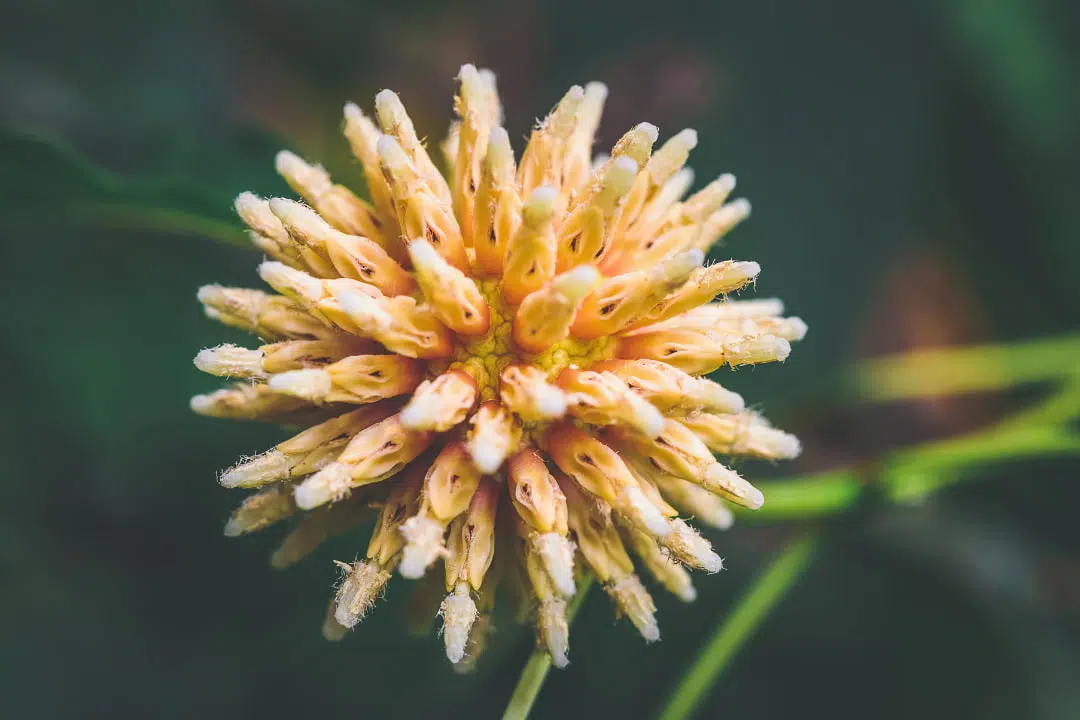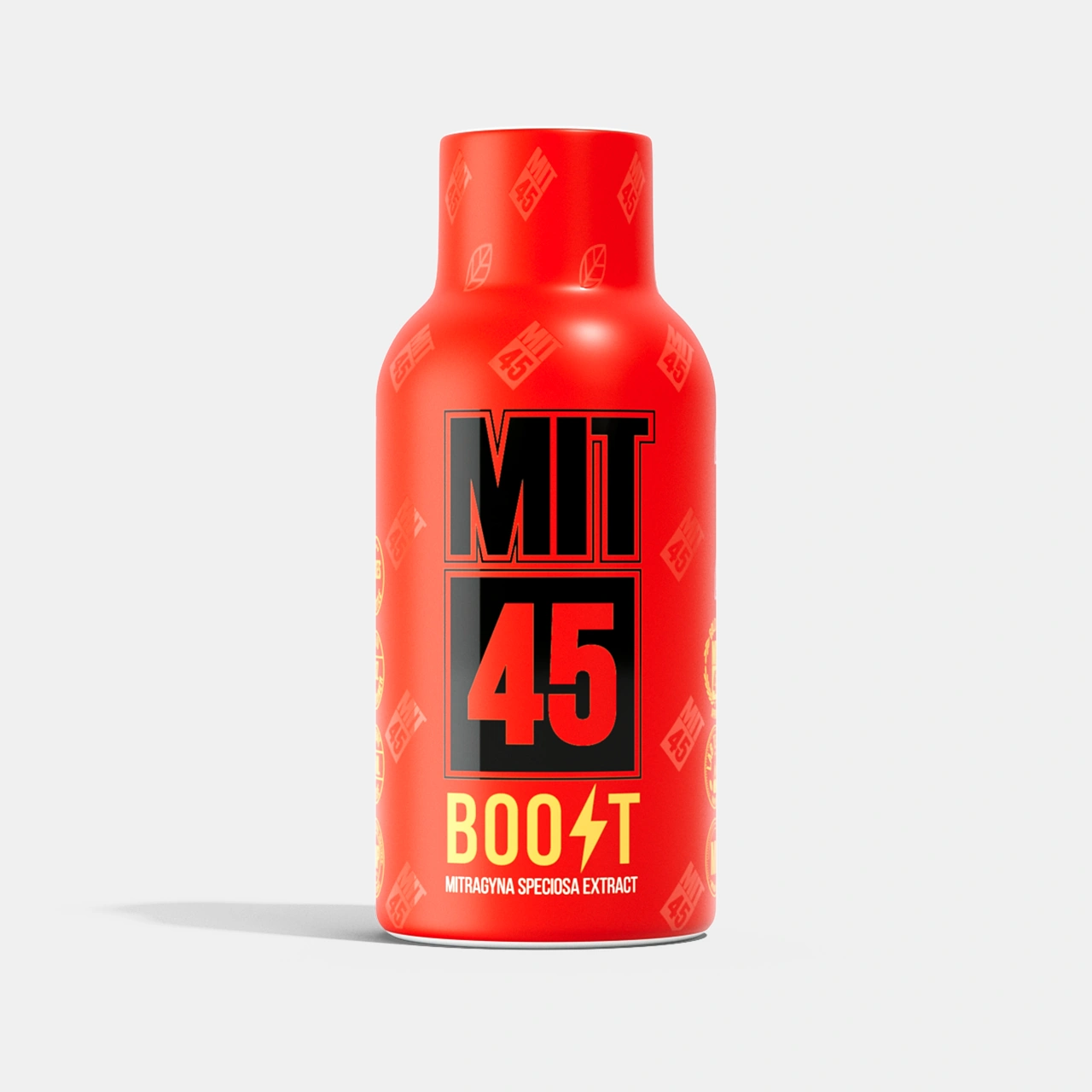You’ve probably seen signs or ads that mention kratom, but have you ever said the word aloud? It can be intimidating to learn something new, but with kratom, knowledge is power! Simply learning how to correctly say or spell “kratom,” along with recognizing the compounds it contains, can help remove some of the stigma that surrounds it.
Interested in de-mystifying kratom? Keep reading for guidelines on proper spelling and pronunciation, so you can feel more confident about this botanical and its potential.
How Is Kratom Pronounced?
Let’s start with the basics—how is kratom pronounced? In the United States English, the “t” in kratom sounds more like a “d” (KRAY-duhm), with the “kra” of the first half of the word being pronounced like the “cray” in crayfish. You may also hear kratom pronounced where the first half of the word sounds more like the “crat” in democrat (KRAD-uhm).
Having trouble making out the sounds? Click here to hear the ways kratom is pronounced.
Why Is Proper Pronunciation Important?
Like knowing someone’s name, knowing the name of a substance can make it feel a lot more familiar. Similar to the adage “don’t judge a book by its cover,” you can’t always judge a word by the way it’s pronounced!
Even though kratom has hard consonant sounds, many kratom fans report feeling energizing, relaxing vibes as a result of taking the substance. Even though kratom and its compounds may initially be difficult to say or spell, many users report that it adds a sense of ease to their lives.
Where Did Kratom Get Its Name?
Kratom is a word borrowed from the Thai language, and is thought to be originally derived from a Sanskrit word (Kadam). The word “Kadam” refers not only to kratom, but to an entire family of flowering plants. This family of plants has the scientific name Rubiaceae—you may recognize it from kratom’s more well-known cousin, the coffee plant.
Even though it’s a substance believed to be used anciently, the first recorded known literary use in English appeared in the 1920s. Some sources cite the first known use as even later (not until the 1970s). Regardless of its history in the English language, it’s recognizable now and growing in its use and popularity in English vocabulary.
How Is Kratom Spelled?
If you’ve made it this far into the article, you’ve probably seen kratom spelled out a few times. However, there’s one aspect of its spelling that is worth noting—kratom should typically be lowercase.
Do you have experience shopping for kratom before? You may have noticed that many companies capitalize “Kratom.” While this makes it seem more mysterious and powerful, we prefer to take an alternate approach. Using the lowercase form of the word helps remove some of the stigma from the word, and helps enforce the idea that kratom is not a cure-all, but rather a botanical with immense potential.
Exceptions to the Rule
Since English is a fickle language, there are some exceptions to the rule. You’ll see some instances of “kratom” capitalized on our site, even though we aim to make kratom more familiar by keeping it lowercase whenever we can. For example, if kratom is part of a title or heading (such as this article), part of a product title, or at the beginning of a sentence, it may be capitalized to stay in line with grammar guidelines. However, as part of product descriptions or paragraphs, you’ll likely see kratom in lowercase.
As mentioned above, kratom is a term borrowed from Thai, so you may see it spelled as krathom. This is a transliteration, which is a way to write the word that more closely resembles how it’s pronounced in Thai language, or spelled using the Thai alphabet. In other countries, such as Malaysia and the Philippines, kratom goes by different names, which is why you may see it spelled in different ways.
Deciphering Kratom’s Compounds
Here comes the tricky part. How do you spell kratom’s compounds? Like other substances from plants, kratom has a lovely Latin name—Mitragyna speciosa.
The Latin “speciosa” is “beautiful” in English. The prefix “Mitra” translates to “mitre,” which refers to a type of ceremonial headdress worn by bishops in traditional Christianity. Related translations also suggest that “mitra” is a sort of headwear, turban, tiara, or bonnet.
So, why the fancy name of “beautiful headdress?” The discovery of kratom is attributed to a Dutch botanist by the name of Pieter Willem Korthals. It’s believed he named the plant based on the appearance of its flowers. A bishop’s mitre has a distinct, angled shape, and so do the flowers of the kratom plant.
Mitragyna vs. Mitragynine
It’s easy to get confused between Mitragyna (the first half of kratom’s Latin name) and mitragynine, an alkaloid kratom contains that is thought to be responsible for many of its potential properties. Although the two words are similar, they denote different aspects of the plant.
Confused? That’s okay! This phenomenon isn’t unique to kratom. It’s actually common among many Latin medical phrases and names, since it can be tricky to translate Latin words into their exact English counterparts. In fact, a 1948 medical librarian named George L. Banay said this of decoding tricky Latin and Greek terminology, “There is hardly any other aspect of medicine that is so discouraging for the beginning student as medical terminology.”
In other words, if you’re just beginning to learn about kratom, how to spell it, or how to sound out its complex compounds, you aren’t alone. You can take heart in the fact that other people have been dealing with the struggle of decoding botanical terms since before the word kratom was even introduced into the English language.
Your efforts to progress your knowledge in this area are important, and can help you better communicate and have discussions about kratom and its compounds. Just like anything else, practice makes progress. Keep trying to sound out or spell kratom, Mitragyna speciosa, and mitragynine, and one day you’ll be pronouncing it like a pro and spelling it without hesitation.
Summing Up
It may sound silly, but pronouncing (and spelling) kratom correctly is important. It’s okay to be intimidated—most people don’t say or spell kratom or Mitragyna speciosa right on the first try! However, learning the proper pronunciation and spelling can help kratom feel more familiar, remove some of the stigma, and create a better perspective from which to take your next steps with this substance.
Here at MIT45, we are passionate about making kratom more approachable so that it can find a place in your everyday life. Check out more resources on our blog, or explore our FAQs for more!
References
Golden Monk. How is the Word “Kratom” Pronounced? Goldenmonk.com. Accessed October 2023.
Karunakaran T, Ngew KZ, Zailan AAD, Jong VYM, Bakar MHA. The Chemical and Pharmacological Properties of Mitragynine and Its Diastereomers: An Insight Review. Front Pharmacol. 2022;13:805986.
Miami Botany. History of Kratom. Miamibotany.com. Accessed October 2023.
Merriam-Webster. Kratom. Merriam-webster.com. Published October 2023.
Oxford English Dictionary. Kratom. Oed.com. Accessed October 2023.
ResearchGate. Pieter Willem Korthals (1807-1892). Researchgate.net. Published August 2013.







